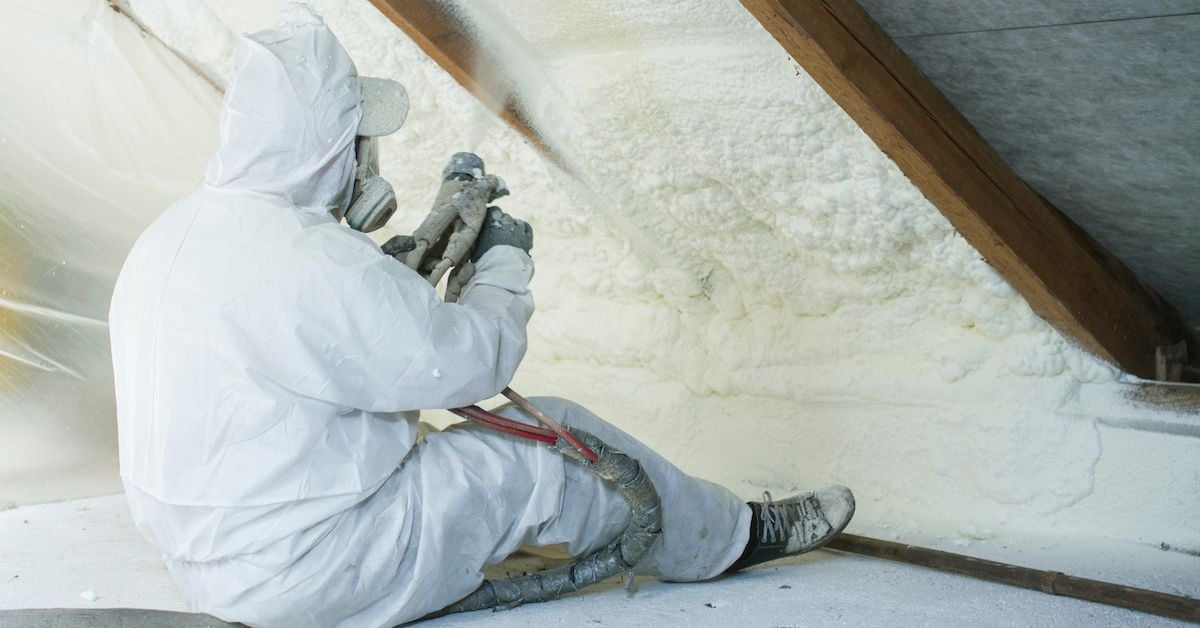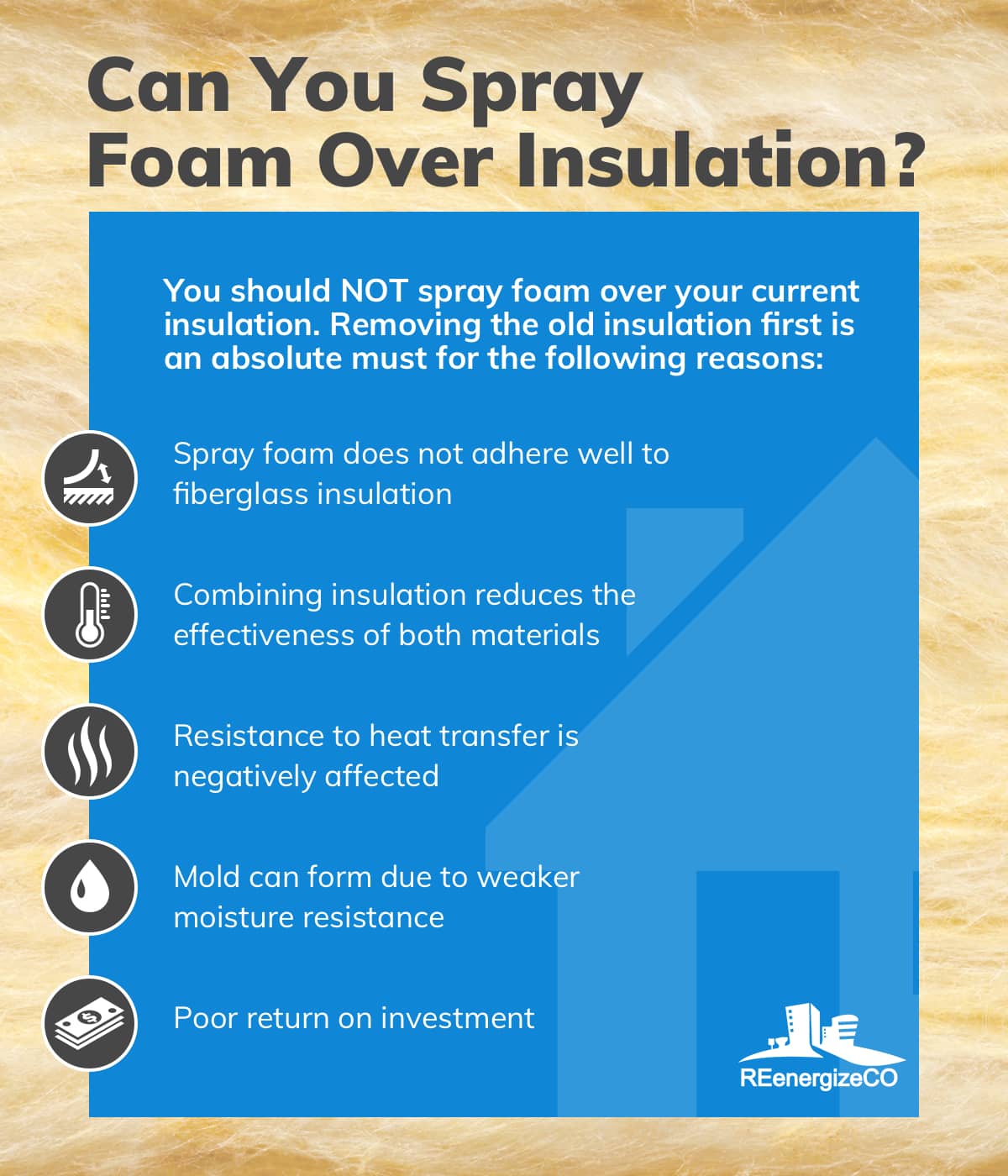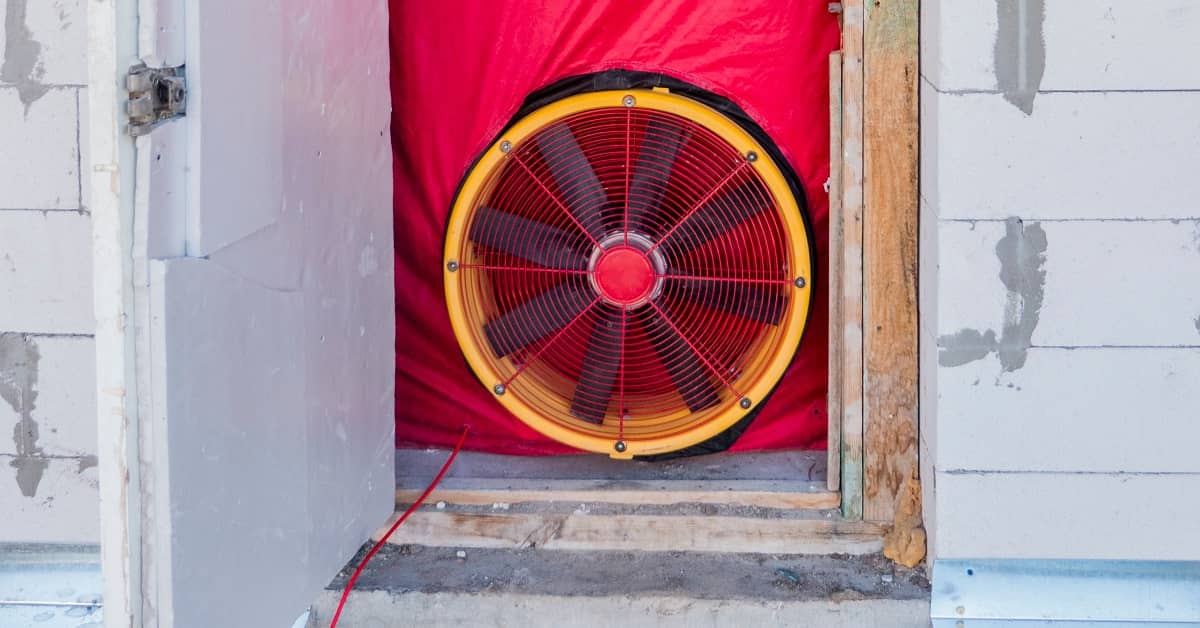
Can You Add Spray Foam Insulation Yourself?
Making your home more energy-efficient is a great way to save money, as well as reduce the environmental impact of heating and powering your home. Home insulation comes in a variety of effective options for reducing the loss of heat. Of these, spray foam insulation has a number of benefits that might make it the premier solution for your home.
In today’s culture of DIY home improvement, many people wonder if they can install spray foam insulation themselves instead of hiring a professional. Although you can add spray foam insulation yourself, the real question is if you should do it yourself.
Before you decide to go the DIY route, read the following answers to these common questions about self-installation of spray foam:
Can I Spray Foam Without Removing Drywall?
One of the questions we often get about spray foam is if it can be added to existing walls. The answer is yes, but drywall needs to be removed before you can install the foam.
Spray foam expands rapidly when it is applied to the inside of walls. If you try to add the insulation without removing drywall, the expanding foam may overfill the panel and exert pressure against the inside of the plasterboard. This can crack or break the drywall.
As you can see, it is crucial to remove drywall before installing spray foam insulation. You can remove drywall yourself, of course, but this is a messy and time-consuming job. Hiring a professional home insulation company may cost more on the initial removal and installation, but experienced technicians will be able to determine how much drywall needs to be removed and where so you can enjoy the full benefits of the insulation without excess time, inconvenience, or cost.
An alternative to spray foam that involves minimal removal of drywall is fiberglass insulation. Our team cuts several holes at strategic points in the existing wall, then we dense pack the fiberglass into the wall. In our experience, this is the only viable technique for installing insulation in existing walls without first removing the drywall.

Can You Spray Foam Over Your Current Insulation?
We’ve already talked about why you should not try to install spray foam insulation in the walls without removing the drywall first. But, once you’ve removed the drywall, do you need to remove the existing insulation? Can’t the spray foam just fill in gaps left by old or degraded insulation?
The answer: no. In fact, the better answer is absolutely not.
More often than not, homeowners are looking to replace or augment existing fiberglass or another kind of insulation. Although spray foam is very sticky, it does not adhere well to fiberglass insulation. Combining the two kinds of insulation actually reduces the effectiveness of both: gaps in the old fiberglass insulation are not effectively resolved by introducing spray foam, and the continuous barrier that the foam is designed to create does not form properly around the fiberglass.
As a result, the major advantages of spray foam insulation also suffer. Gaps in the foam negatively affect the material’s resistance to heat transfer, and they can also weaken the foam’s ability to resist moisture. Water vapor can build up in the walls without proper insulation. Even in a dry climate like we have in Colorado, this can cause mold to form.
Mold devalues your home. It also puts you and your family at risk for a range of health problems.
Whether you decide to insulate your home yourself or hire a professional to handle it, removing the old insulation first is an absolute must. If you opt for the DIY option, the amount of extra time you take for this step will more than pay for itself in the effectiveness of the new insulation and the savings on your energy bill.
How Much Does It Cost to Insulate a House with Spray Foam?
The overall cost of home insulation is dependent in part on the total square footage of your home. On average, spray foam costs $7 per square foot. This does mean that spray foam is more expensive than other types of insulation, but the energy savings make it very cost-effective.
That said, the savings you enjoy on your energy bill are dependent on installing the right amount of the right kind of insulation in the right areas of your home. These are a lot of considerations for a DIYer to take into account when budgeting for a home insulation upgrade.
You can perform hours of research on your own, calculate the costs of the materials you need, and do all of the work yourself to save money on the project. Or you can get a professional home energy audit where an experienced and certified building performance analyst diagnoses your home for air leaks and energy loss issues, assesses your current insulation, and provides you with a price quote estimate based on knowledge grounded in science.
Over- or under-buying materials is one of the biggest factors in why DIY projects go over budget. An energy audit makes it possible for you to have an accurate estimate of what professional installation will cost, helping to align the project with your budget.
Should I Invest in Professional Spray Foam Insulation?
DIY projects may lead to short-term savings. However, from damage to drywall to creating conditions for mold to grow, the long-term cost of installing spray foam insulation yourself can be extensive if something goes wrong.
When you work with REenergizeCO, you get the combined benefits of premium spray foam insulation and a company with the knowledge and experience to help you make the best decisions for your home. Our hardworking group of energy efficiency experts can help you reduce your energy costs and make your home more comfortable. Hiring us is easier on you, and you can rest assured that our team will properly install the spray foam insulation.
If you are considering ways to improve your home’s energy usage, don’t hesitate to contact us with your questions. We will review your needs and goals and recommend solutions. Should you decide to hire a professional insulation company, REenergizeCO serves homes in Denver, Fort Collins, Colorado Springs, Arvada, and throughout the Front Range.
"*" indicates required fields


